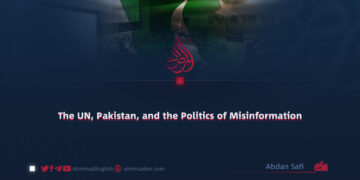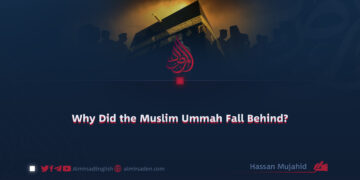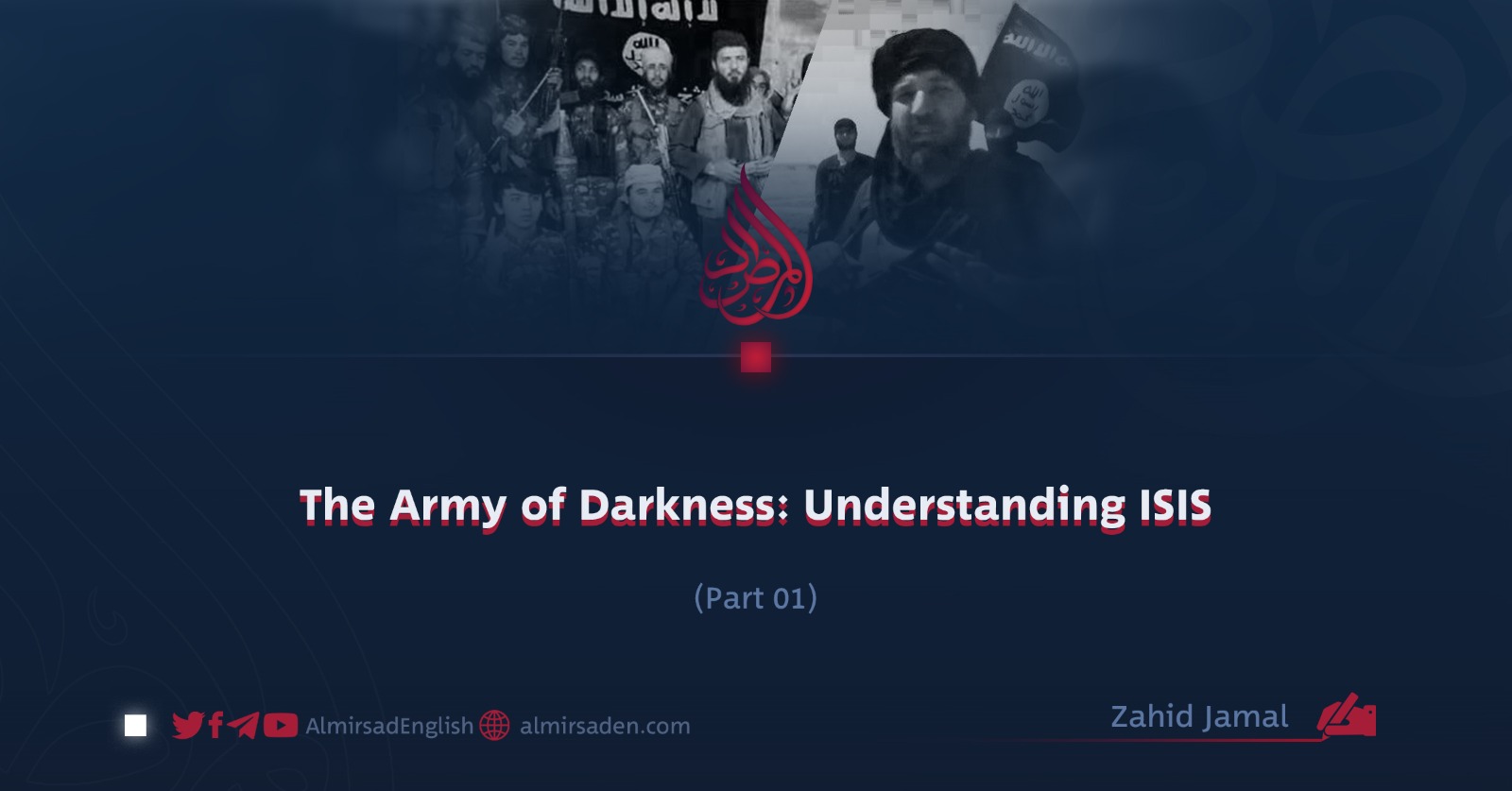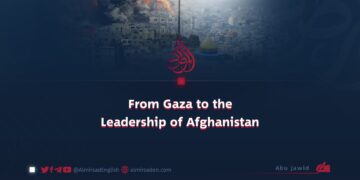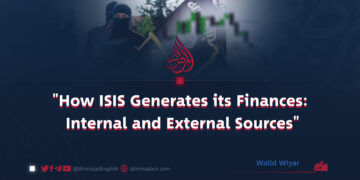Part 1
Zahid Jamal
The extremist group known as ISIS stands as one of the most sinister and destructive phenomena of the 21st century. Its emergence cannot be viewed as a sudden or isolated event. Rather, it is the result of decades of regional instability, rooted in the historical, political, and religious complexities of the Middle East. The 2003 invasion and occupation of Iraq, the collapse of several regional states, and the exploitation of radical religious rhetoric all contributed to the group’s rise.
Originating from within the broader Salafi-jihadist movement, ISIS set itself apart by adopting an even more uncompromising and violence-driven approach. Proclaiming itself as the “Islamic State,” its claim to statehood was not grounded in public legitimacy, but in fear, coercion, and a gross distortion of Islamic concepts. The group’s leadership deliberately manipulated sacred terms such as “caliphate” and “jihad” to radicalize and recruit disillusioned Sunni youth in Iraq and Syria, converting them into tools for advancing their ruthless agenda.
The rise and transformation of ISIS can be traced through three key phases:
First, its formation under Abu Musab al-Zarqawi during the Iraq War, with a particular focus on igniting sectarian strife, especially targeting Shia Muslims. Zarqawi’s strategy laid the ideological and operational foundation for what would become ISIS.
Second, its rebranding as the “Islamic State of Iraq” in 2006 following Zarqawi’s death, eventually reaching its zenith under the leadership of Abu Bakr al-Baghdadi.
Third, the group’s strategic expansion into Syria amid the chaos of civil war, which enabled ISIS to seize large territories and present itself as a transnational power. Through a calculated media strategy and aggressive use of social platforms, ISIS projected an illusion of strength and permanence, while its economic infrastructure was sustained through looting, smuggling, extortion, and slavery.
One of the most distinctive aspects of ISIS was its calculated incorporation of apocalyptic and messianic beliefs into its ideology. In contrast to al-Qaeda, which generally avoided such themes, ISIS actively capitalized on Islamic eschatological prophecies concerning end-time battles. It claimed that the appearance of the promised “Mahdi” was imminent and positioned its military campaigns as part of a divine script for the end of the world.
This narrative not only appealed to those susceptible to radicalization but also enabled ISIS to portray its violence as a sacred obligation.
In recent years, however, the collapse of ISIS has laid bare the hollowness of its claims. Far from being a legitimate state, ISIS was a propaganda-driven fabrication, built on violence rather than governance. Its lack of institutional legitimacy, dependence on brutality, and the eventual resistance of local populations contributed to its downfall.
Nevertheless, the threat it represents has not disappeared. The ideological legacy of ISIS persists in underground networks, while many of its former operatives continue to pose significant security risks. The psychological trauma left in its wake also continues to affect communities across the region.
Understanding the historical origins and ideological evolution of ISIS is essential, not only for grasping the roots of its rise, but also for preventing the resurgence of similar movements in the future.



